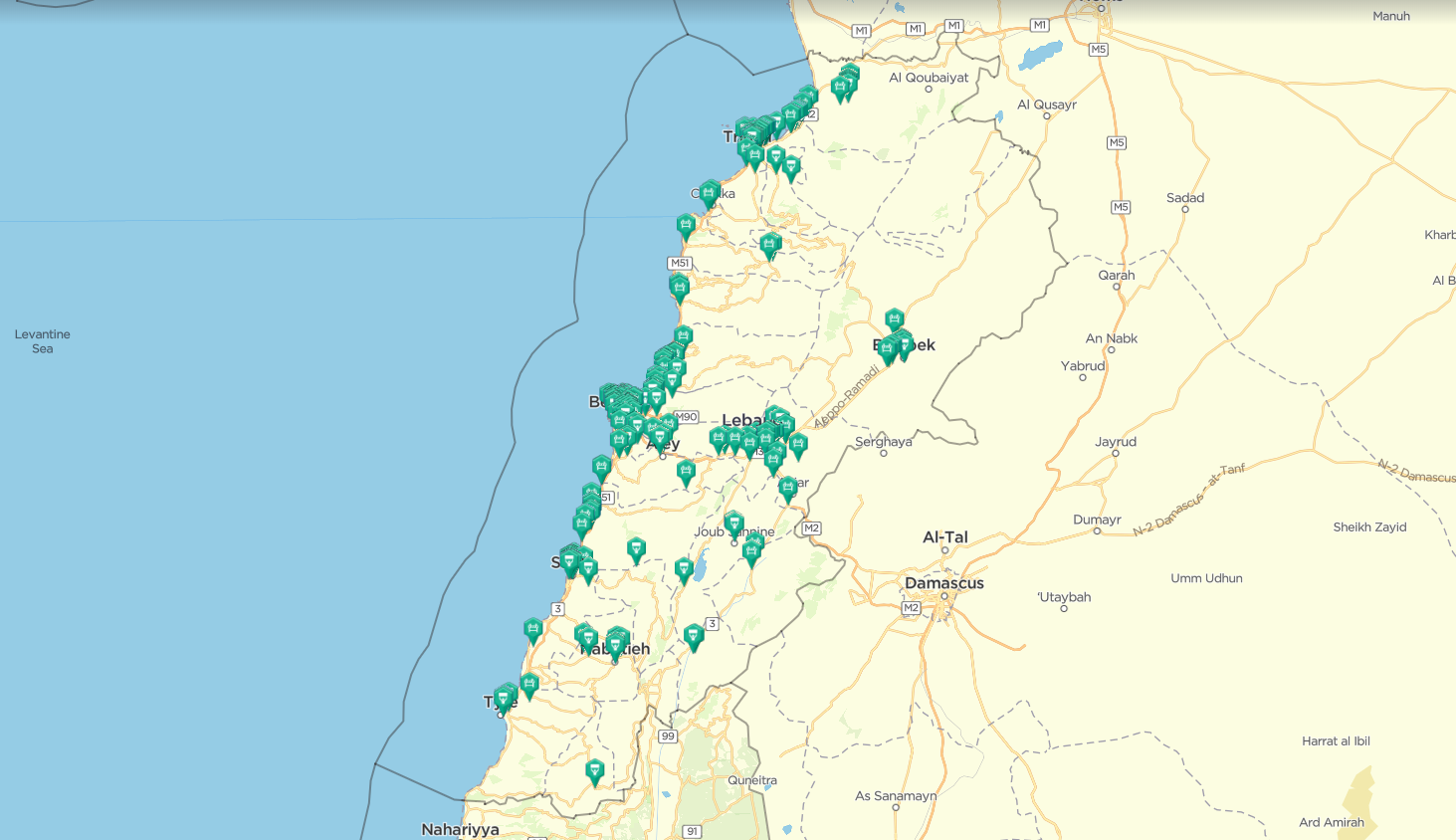Beirut Blast: The Cause, Impact and the Narratives
Following a significant explosion at the Port of Beirut, injuring thousands, we take a closer look at the incident and what we know so far about the cause of the blast, the impact it will have and widespread narratives.
At around 18:00hrs local time on the 4th August 2020, a large explosion took place at a warehouse at the Port of Beirut. A secondary explosion was reported shortly after the initial blast. Exact casualty figures are currently unclear, but current reporting suggests that 135 people have been killed and approximately 5,000 others were wounded. In addition to high casualty figures, 300,000 people have also been made homeless due to extensive damage at residential buildings.
Cause of the Explosion and Aftermath
The first explosion, reported at 18:12hrs (local time) by Intelligence Fusion, was caused by a large fire at a warehousing unit (known as Warehouse 12, according to a Bellingcat report) next to grain silos at the port. The cause of the fire is not currently clear, but anecdotal accounts have claimed that welding was taking place at the time of the incident. The first explosion was quickly followed by a larger secondary explosion, videos of which have proliferated social media.
The warehouse where the fire began is reported to have contained approximately 2,700 tonnes of ammonium nitrate, a fertilizer often used in the creation of improvised explosive devices. Prime Minister Hassan Diab has also blamed the explosion on the presence of the ammonium nitrate. The reddish cloud seen following the second blast caused speculation regarding other chemicals which could have been present in the warehouse, and also raised fears of toxic gases being released into the air following the blast.
The immediate damage was extensive, with buildings across the city reporting various degrees of destruction, with buildings in the immediate vicinity of the port being totally destroyed. The severity of the explosions is highlighted by recent satellite imagery,which shows a large chunk of land has been destroyed by the explosion at the port, leaving a bite-mark shaped enclave (visible in above image.) Video footage from the city following the blasts show the majority of streets within a 2 km radius of the port being blocked by debris.The structural integrity of many buildings in the city, including hospitals, is weak following the blast. It is not clear how capable the Lebanese Government is of carrying out extensive repairs and structural examinations.
Vessels at the port were also severely damaged, with a cruise liner (named The Orient Queen) sinking as a result of damage. A vessel affiliated with the UNFIL mission was also damaged.
The Lebanese Government has created an investigative committee responsible for finding people responsible for the blast. Port authority officials are expected to receive much of the blame and have already been placed under house arrest pending further investigation. The committee has been given four days to come to a conclusion.
Origin of the Ammonium Nitrate
The vast quantity of ammonium nitrate was seized from a cargo vessel named ‘Rhosus’ (listed as a carrier of agricultural commodities) in 2013 by Lebanese authorities after it stopped at the Port of Beirut to pick up additional cargo. The vessel was then seized by Lebanese authorities, allegedly for failing to pay fees. Following the seizure of the vessel, the vessel was abandoned by Grechushkin Igor (vessel’s owner) meaning that the vessel remained stranded at the Port of Beirut, with the owner of the vessel reported to be unresponsive to calls from authorities. As a result, the vessel’s high explosive cargo has been stored at the Port of Beirut since the seizure.
The owner of the vessel is expected to feature in the investigative committee’s findings (mentioned in previous section) and the vessel’s owner is currently believed to be residing in Cyprus.
Lebanon’s Economic Situation
Prior to the explosion, the economy of Lebanon was already weak. Approximately 20% of the workforce is unemployed and the value of the Lebanese pound has been falling rapidly. In response, protests have occurred across Lebanon, mostly in Beirut and Tripoli, denouncing economic hardships as well as governmental corruption which is widely perceived as to blame for the current economic conditions. Protests have also focused on more specific issues, such as frequent power shortages as well as water shortages in many rural areas. Anti-government protests in particular have attracted hostile reactions from members of armed militia groups based in the country, often pro-government, who have at times clashed with protesters.

Anti-government protests have already paused as Lebanon’s citizens have been unified by the event. However, economic mismanagement and lack of accountability for government officials have been a common factor in motivating protests across the country. Therefore, regardless of the result of the government-appointed investigative committee, many Lebanese citizens are expected to blame governmental mismanagement for the blast. Exactly when protests will resume in Lebanon after the blast is unclear, but the incident, and accusations of mismanagement, may serve to drive a wedge further between protesters and the government.
Other Narratives
As part of building out an incident profile and providing the complete picture to clients, we provide details on the alternative narratives or theories as they gain momentum on social media. The explosions in Beirut were immediately followed by widespread speculation that the blast was the result of a form of hostile action from Israeli forces. At the time of writing, no evidence has been seen which suggests that the explosion was the result of a hostile action. Videos online have claimed to show a projectile heading for the docks moments before, but closer inspection shows that the projectile is a bird flying in the foreground.
Hezbollah are also known to have stored weapons and explosives in the port in the past or have trafficked weapons through the port. The presence of explosives at the port affiliated with Hezbollah is possible, although no evidence has been seen to suggest that the explosions were caused by the presence of weapons or explosives.
If you’d like to take a closer look at our reporting, and how we help security leaders better protect their people and assets in situations such as this, speak to a member of the team today.
